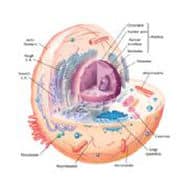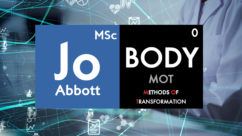Includes your full personal report and plan from Jo, with a Zoom consultation to run through the diagnosis and prognosis.
The GI Effects® Comprehensive Stool Profile is an advanced stool test that provides immediate, actionable clinical information for the management of gastrointestinal health. Utilizing cutting-edge technologies and biomarkers, this test offers valuable insight into digestive function, intestinal inflammation, and the intestinal microbiome.
When Should the GI Effects Comprehensive Stool Profile Be Considered?
The GI Effects Comprehensive Stool Profile can reveal important information about the root cause of many common gastrointestinal symptoms such as gas, bloating, indigestion, abdominal pain, diarrhea, and constipation. This stool analysis utilizes biomarkers such as Calprotectin to differentiate between Inflammatory Bowel Disease (IBD) and Irritable Bowel Syndrome (IBS).3,4 In addition, Genova’s GI Effects test can be used to evaluate patients with a clinical history that suggests a gastrointestinal infection or dysbiosis.
Gut microbes are codependent with one another and with their human host, and the health of one affects the other. A sizeable volume of research associates a dysbiotic, or imbalanced gut microbiome with multiple disease states both within and outside of the GI tract.1,2 The diverse metabolic activities of the microbiome ultimately impact the human host, and the activities of the human host ultimately affect the health of their microbiome.











Reviews
There are no reviews yet.